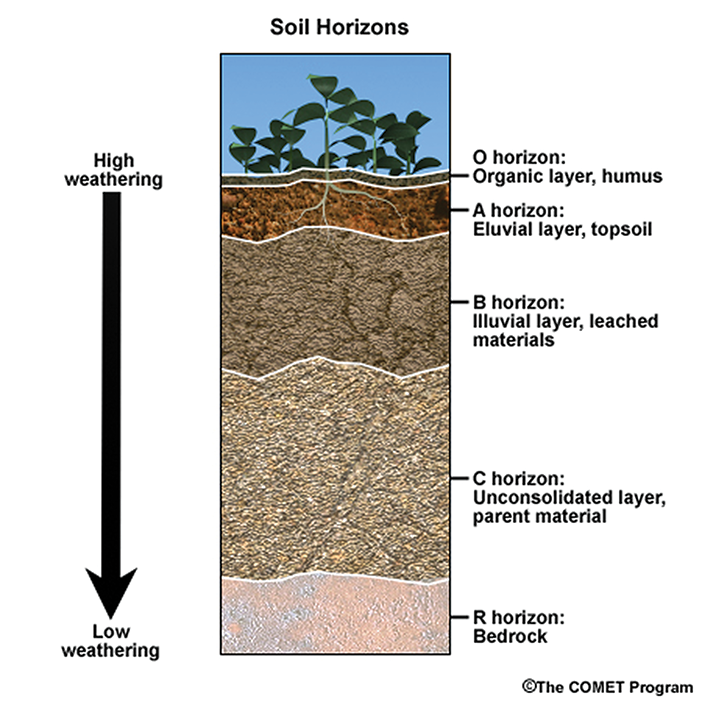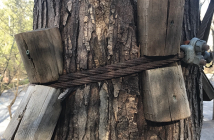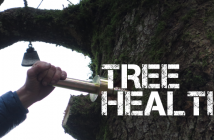In my last article, I briefly discussed the landscape below ground, and how important that part of the tree/forest ecosystem is to keeping your trees vigorous. Let’s take a look at the ways that a challenge course or zip line tour might cause an impact to your site’s soil ecosystem.
When the initial site development was done, hopefully you had help from an arborist or other science-based professional who understands the local trees and environment. Such a person can, during the early stages of the project, help develop your preliminary plans and determine how the site will be impacted.
Why all the fuss? Grading for roads, buildings, or pole footings all involve impacts to the rhizosphere—the soil layers that support tree and plant roots. Everything you do that may alter the site’s soils should be considered for potential impacts, and your plans should be adjusted to mitigate those impacts.
Those impacts can be critical. The extent of tree root systems is much greater than people think. Contrary to popular belief, the edge of the tree canopy or drip line is not the extent of the root system.
In addition, if you are working in a forest ecosystem, the soils will likely be fragile and easy to damage. In areas where human activity has been present for a long time, some soils will be compacted where old roads and other infrastructure were once present.
It is good to know about the history of a site, as trees may have been disturbed in the past. Find out when was it last logged. Was it formerly farmland? Were houses or other structures once present? Understanding your site’s ecological history is important to successful planning and will help reduce impacts. Although many people think of a forest as wilderness, I have yet to work on a forested course site that was not altered by human activity at some point.
So, before you commit to final plans and submit for permits, all of your tree and ecosystem protection measures should be understood and clearly identified on the plans and in the project specifications. No current standards address this important step, but it will be critical to the long-term success of any project utilizing trees.
If you already run an adventure park, there are steps you can take to restore your soils. Read on!
Soil Ecosystem Deep Dive
The soil ecosystem is complex. All of the plants and organisms are interrelated components. For example, I have observed in many locations that the practice of removing understory trees and shrubs can disrupt the forest ecosystem, resulting in tree stress and decline. Although people like the park-like look, this practice should be resisted. If you need to open up areas for sight lines, seek advice from a knowledgeable arborist or horticulturist who can advise on how to prune forest plants in order to preserve them, and still achieve the goals for sight lines and access.
Tree roots require free air and free water within the soil structure. In all soils, but especially in forest soils, the upper layers of the soil profile (the organic layer, or “O” horizon; and the topsoil layer, or “A” horizon; see illustration below) are more fragile than people think. If you look closely, you will see that tree roots are present in the organic layer where leaves and other parts shed from trees and plants are still decomposing. These are the fine absorbing roots we discussed in the winter issue of Adventure Park Insider and are crucial to trees.

Foot traffic alone can compact the soil, damaging the pore space and reducing its ability to support fine tree and plant roots. I have seen soils beneath course and tree house trees compacted, and the organic layer reduced to dust, in a short time. This can occur during construction, and if not controlled will likely continue when the site is in operation.






